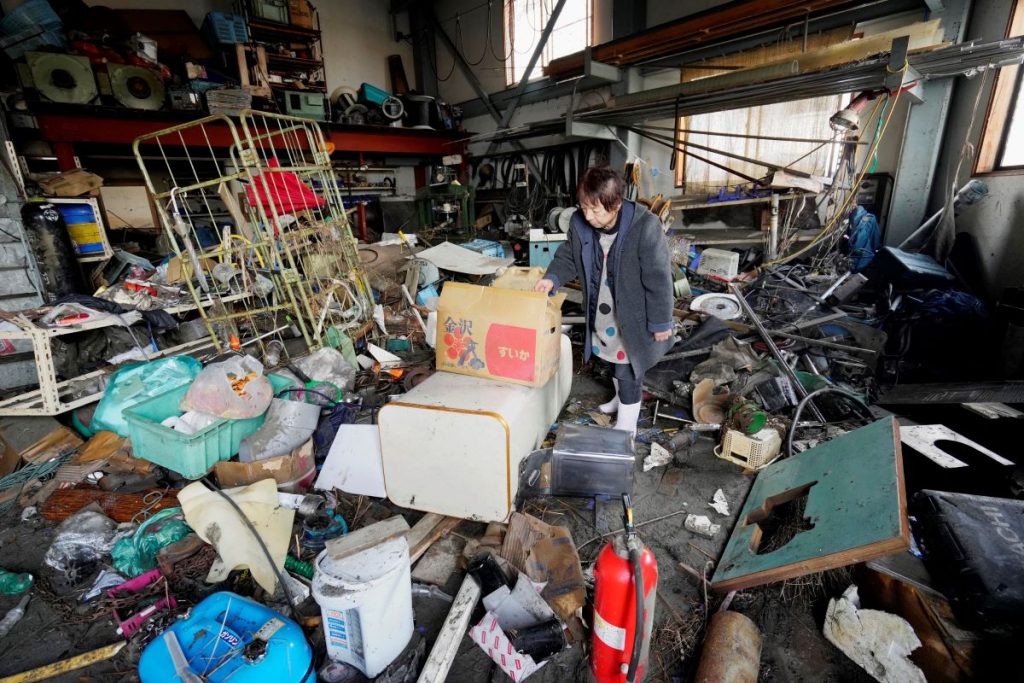このページを 日本語 で読む
Support organizations are calling for preserving history – namely historical artifacts damaged by water and mud in the recent Noto earthquake and tsunami. The quake measured a maximum 7 seismic intensity. In many past cases, old documents found in damaged buildings have unfortunately been discarded during cleanup. Support organizations are urging caution and asking people to think before throwing things away. According to them, even items that at first glance appear to be trash could be invaluable records of the history of the region.
Think Before You Toss
After the Great Hanshin Earthquake in 1995, the Historical Materials Network was formed in Kobe to work on the conservation of historical materials. On January 8, they launched an emergency response to the recent earthquake disaster.
"In areas where the damage was relatively minor, recovery and reconstruction have begun. During these times, there is a concern that historical heritage documenting the community's history may be discarded," notes the organization's website.
In addition, the network has opened a consultation service on the preservation of historical materials.
The main message for people in the region is to be wary of throwing things away. With proper treatment, emphasizes the organization, it may be possible to restore and repair materials, even paper documents damaged by water or mud that may show signs of mold.
Preserving History
Historical materials by definition include a variety of items: old manuscripts written in running script style (kuzushi-moji), books bound in Japanese style (watoji), books and notebooks from the Meiji era and beyond, newspapers, photographs, film, videotapes, records from neighborhood associations and other community organizations, old sliding doors (fusuma) and screens (byobu), agricultural tools, weaving machines, and vintage kimono.
Another organization, called the Niigata Historical Materials Relief Network and formed in response to the Chuetsu Earthquake in Niigata Prefecture in 2004, is involved in the cause. On January 5, they also issued an appeal for people not to dispose of historical materials.
They encourage anyone who comes across historical materials to consult with the cultural heritage department or museums in their nearest city or town. The Niigata Prefectural Museum of History is providing materials and storage space for the preservation of historical documents.
The Historical Materials Network can be reached by phone (078-803-5565) on weekdays from 1 to 5 PM. The Niigata Historical Materials Relief Network and Niigata Prefectural Museum of History can be reached by phone (0258-47-6130).
このページを 日本語 で読む
